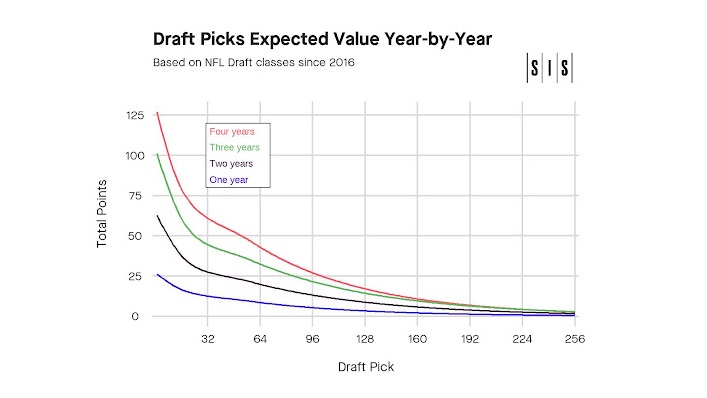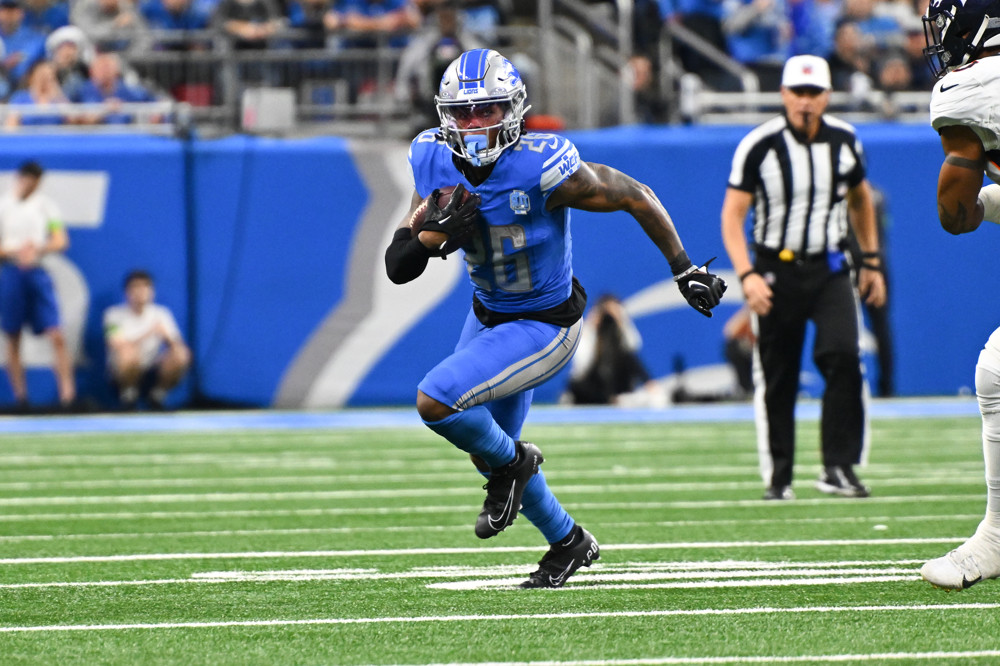BY BRYCE ROSSLER
For the first time in six years, the NFL Draft will feature two Outland Trophy winners, both of whom figure to be selected early. But, this occurrence is especially strange because both players in question, Houston’s Ed Oliver and Alabama’s Quinnen Williams, are defenders (the award is given to the best interior linemen, on offense or defense).
The last time that two defensive winners of the trophy were in the same draft was 1978, which featured Notre Dame’s Ross Brown and Texas’s Brad Shearer. And perhaps that’s fitting since the defensive line is considered the strength of this class, a group that Oliver and Williams still manage to stand out from.
For most of last offseason, Oliver was billed by some as the surefire top selection in the class, but that was before Williams ascended to the throne with a dominant 2018 campaign. Whereas the former has been a known commodity for some time now, the latter seemingly came out of nowhere. Both of Williams’ running mates at Alabama, Isaiah Buggs and Raekwon Davis, were certainly attracting more attention in preseason. But, once he hit the field, Williams quickly became the focus of opposing teams.
The Crimson Tide sophomore ranked first in run stuff rate (i.e. solo tackles for non-positive yardage) among 339 defensive tackles with at least 100 run snaps. His rate of 6.8 percent was about a full percentage point higher than the next-best interior player, South Alabama’s Tyree Turner (5.8). And in case you were wondering – his Outland predecessor ranked third with a rate of 5.3 percent.
That difference is even further accentuated when you consider that teams aimed runs towards Williams on 19 percent of their rushing attempts, as opposed to 29 percent of the time for Oliver. And when teams did run at Williams, he caused the ballcarrier to bounce the play 43 percent of the time – nearly ten-plus percentage points more often than Oliver did (34 percent).
Williams was an even bigger difference-maker as a pass-rusher, boasting a hurry rate of 13.8 percent. That dwarfs the second-highest figure, which belongs to San Jose State’s Boogie Roberts, by 2.8 percentage points. Oliver once again ranks fourth with a still-excellent hurry rate of 10.5 percent. But, to give you an idea of just how impactful Williams was, his hurry rate outpaced that of several edge rushers who will merit first round consideration in April, namely: Clemson’s Clelin Ferrell (12.1 percent), Florida State’s Brian Burns (11.5), Mississippi State’s Montez Sweat (10.5), and Michigan’s Rashan Gary (9.5).
While the NFL will present a new set of challenges for Williams, his hurry rate this year was comparable to Aaron Donald’s at the NFL level. This doesn’t mean that he’ll be able to maintain that productivity on Sundays, but it does serve to illustrate his level of collegiate dominance. (If anything, it should serve to illustrate how futile the search for the next Aaron Donald is)
The bottom line is that both players project to be three-down difference-makers early in their careers. The advanced metrics seem to favor Williams, but an argument could be made that the already-established and obviously-talented Oliver suffered from a junior-year drop off as Jadeveon Clowney and Myles Garrett once did, and that he was capable of imposing his will more often. At any rate, statistics can only begin to contextualize a player’s performance, and film is what tells the full story.
A more traditional perspective on each (and more advanced stats like these) can be found in the Football Rookie Handbook (details to come on that in the near-future).


